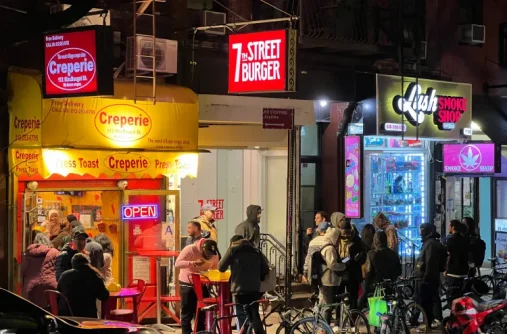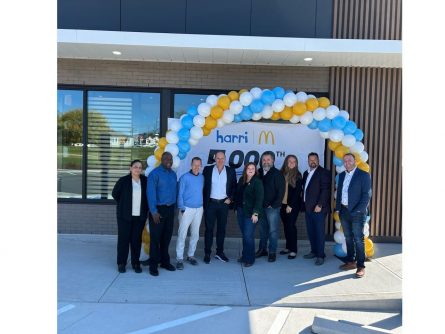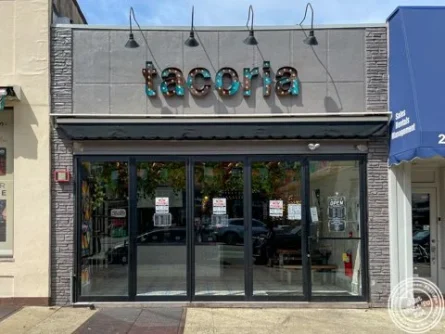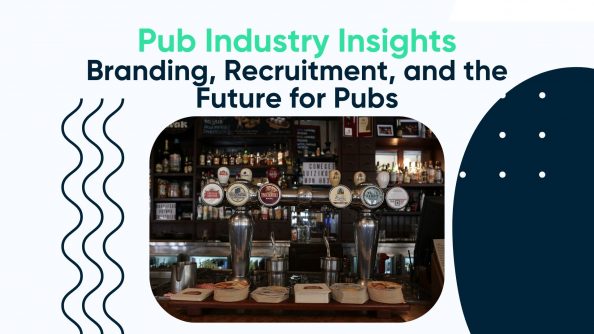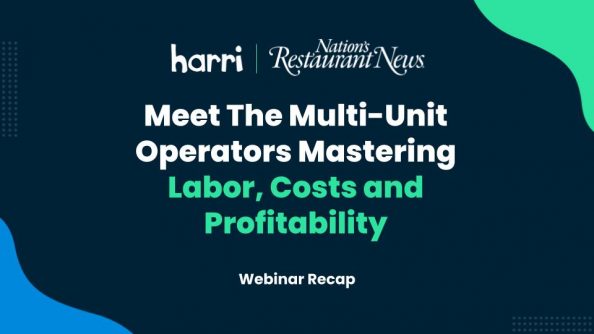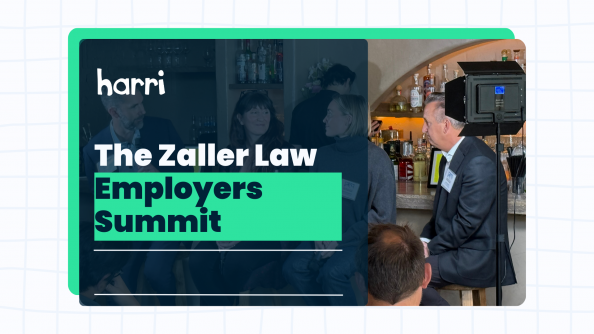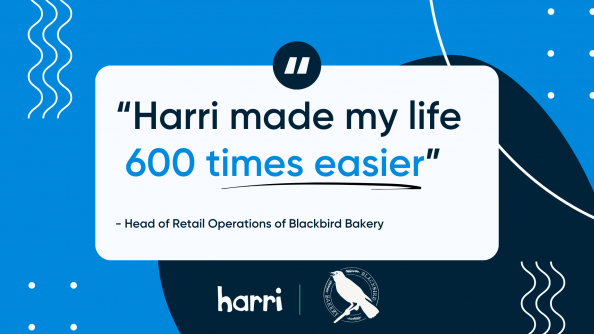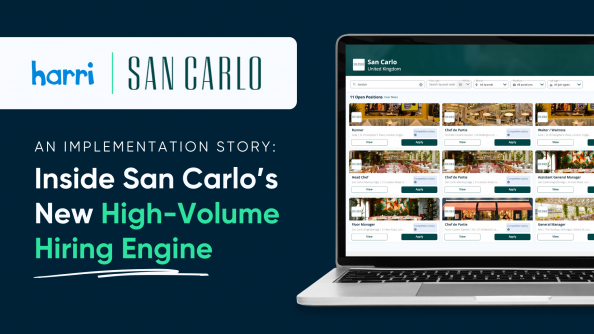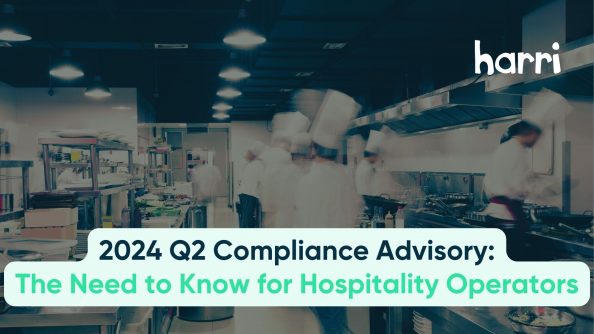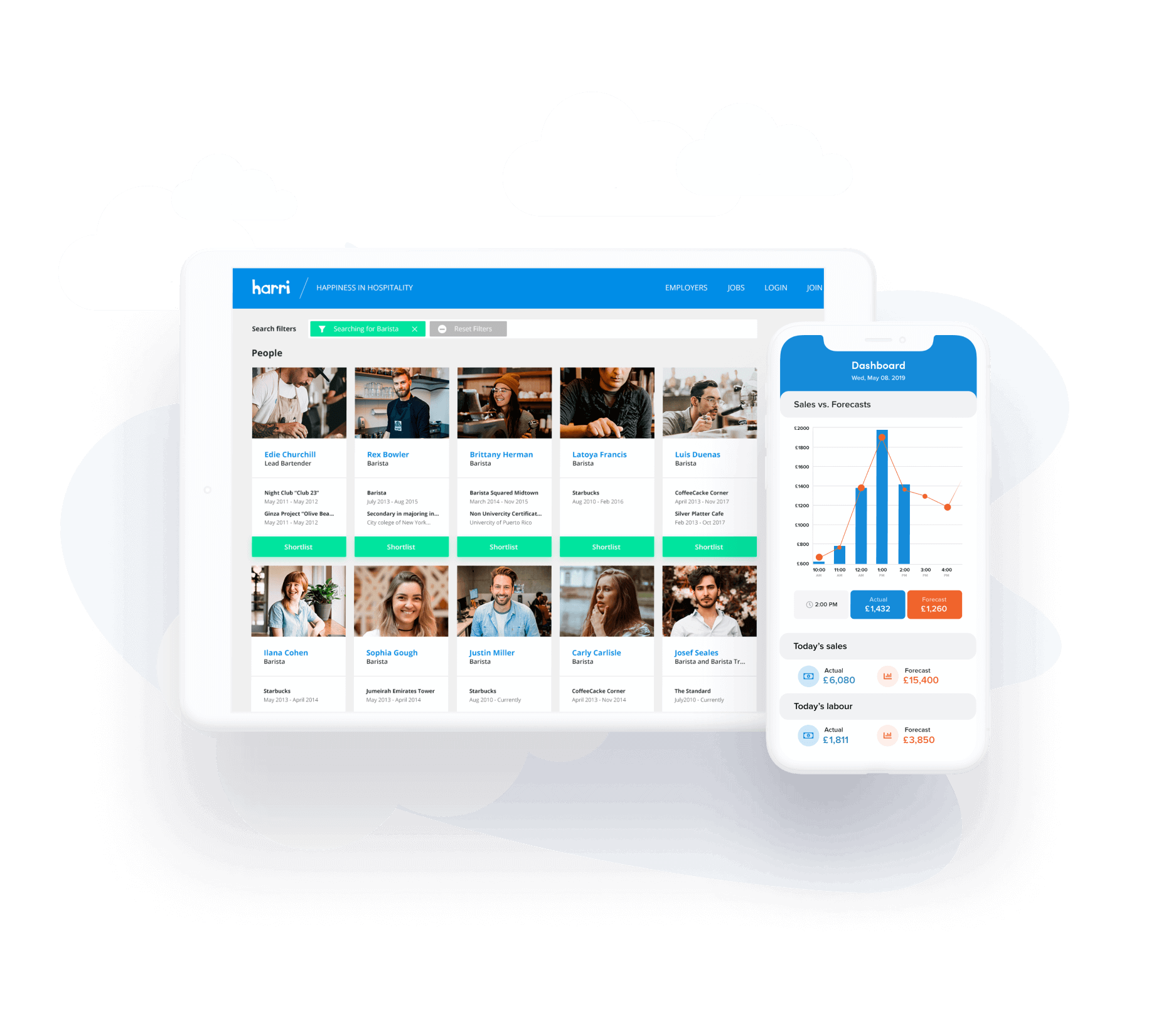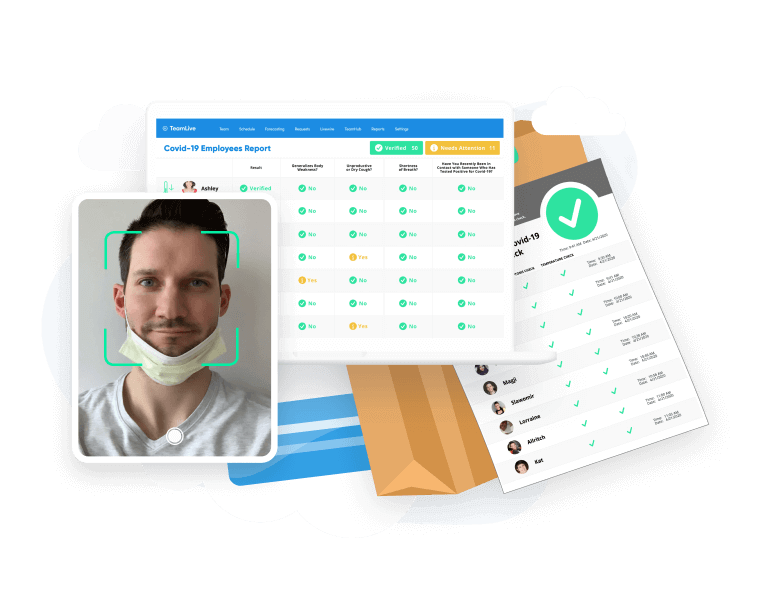Stop Losing Profits: How Multi-Unit Restaurants Master Labor Optimization
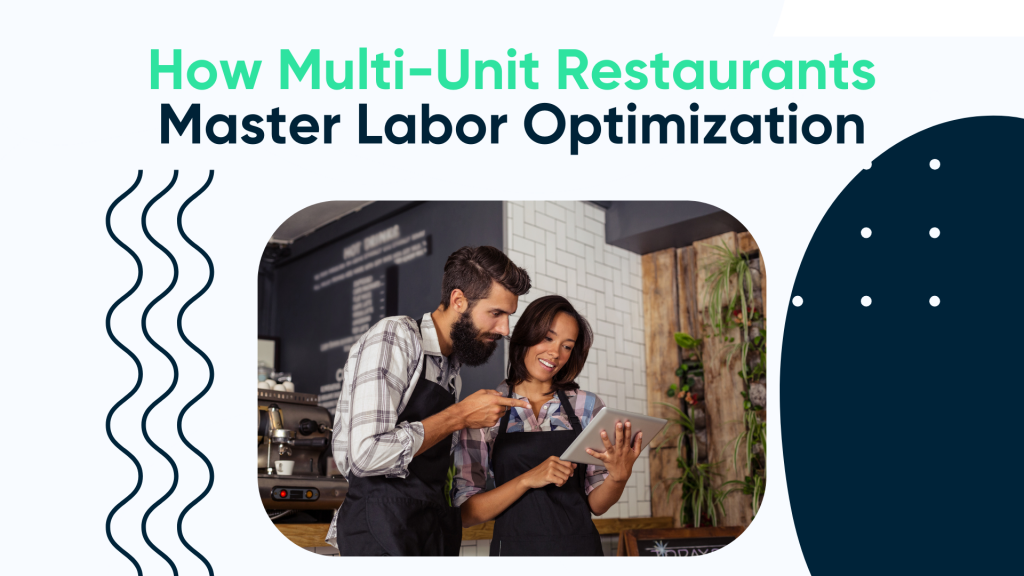
- By Harri Insider Team | April 10, 2025
Imagine slashing compliance penalties by nearly a full percent of your weekly payroll. That’s the kind of tangible result Salz Group, a multi-unit, multi-brand operator (MUMBO) with 34 locations spanning Dunkin’, Taco Bell, Wendy’s, and Wingstop, achieved through strategic labor optimization. Their journey, from a single Dunkin’ in Manhattan to a multi-brand powerhouse, is a testament to the power of prioritizing people, process, and product, and leveraging technology to streamline operations.
In our recent webinar with Justin Hall, HR Director at Salz Group, and Monica McBride, Director of Solutions at Harri, our speaker revealed the secrets behind this success. The core message? Labor optimization isn’t about cutting costs; it’s about investing in your team to drive sales and ensure compliance.

One of the most impactful takeaways was the dramatic reduction in compliance penalties.
Using Harri, Salz Group saw their penalties plummet from 1.3% to a mere 0.28% of payroll.
Justin’s reaction? “That is a dramatic difference, and that is the savings in labor you guys are looking for.” This isn’t just about avoiding fines; it’s about reclaiming significant revenue.
Central to their strategy is the understanding and optimization of Sales Per Labor Hour (SPLH). Justin stressed that different restaurant concepts have unique SPLH needs, and technology is the key to managing this effectively. He also challenged the common misconception that cutting labor increases profits. Instead, he argued, “How do you make more sales? You do it with more staff.” Investing in the right people, scheduled at the right times, leads to exceptional customer service and ultimately, increased revenue. “If you only plan to do a $10,000 day, guess what? You’re gonna do a $10,000 day,” he explained, highlighting the importance of proactive scheduling.
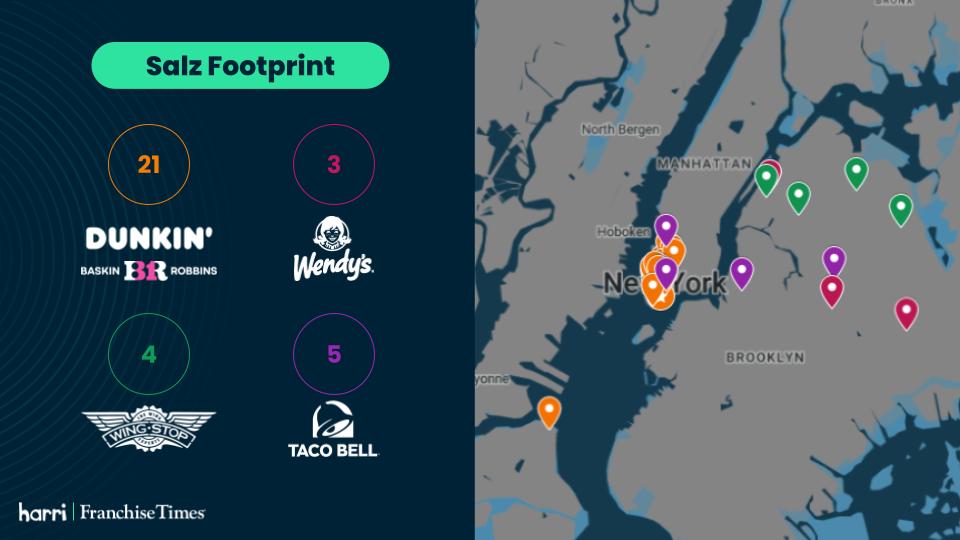
Technology plays a pivotal role. Justin relies on Harri as a “command center,” providing a unified view of operations across multiple brands. The Risk Analysis Dashboard offers granular insights into compliance, while task management features streamline daily operations and reduce manager workload. We learned that using integrated tools, rather than disconnected systems, is crucial for efficiency.
Compliance, particularly Fair Work Week compliance, was another major focus. Justin acknowledged the complexity of these regulations, noting that the NYC.gov compliance guide alone is 47 pages long. He emphasized that technology simplifies this process, allowing managers to focus on core operations. “I’m gonna give you just the general rules you gotta stick with, and then this really awesome tool is gonna do all the work for you,” he explained.
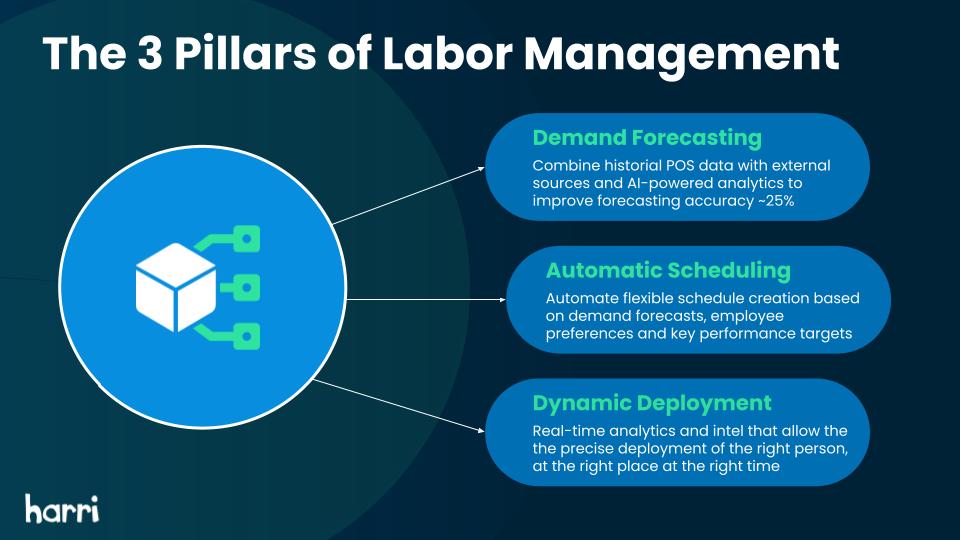
The message is clear: successful multi-unit restaurant operations thrive on strategic labor optimization, driven by integrated technology and a commitment to investing in their team.
Missed the live webinar? Don’t worry! Catch up on all the insights and learn how to transform your multi-unit restaurant operations. Watch the replay now and unlock the secrets to maximizing profitability.

